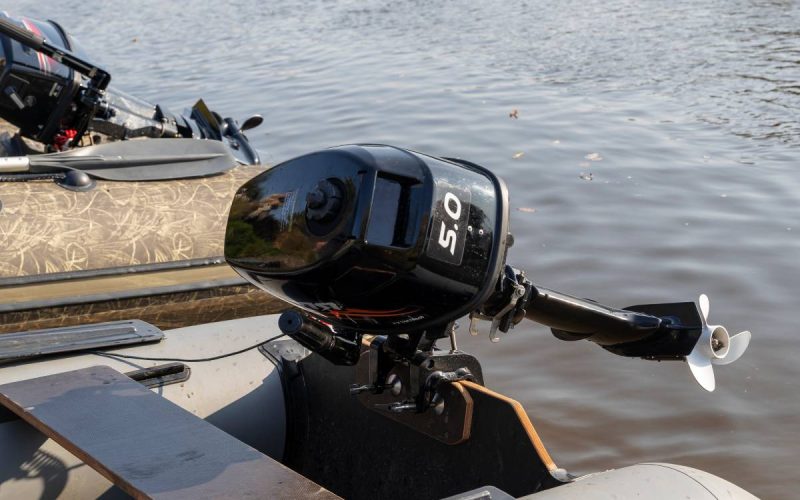Outboards are one of the most popular means of propulsion for vessels. Whether you already have an outboard boat motor or want to buy one, knowing its basic anatomy will keep you informed.
Let’s break it down!
The Powerhead
The powerhead is the heart of the outboard motor. It houses the combustion chambers, cylinders, and pistons that generate power.
The fuel mixes with air and ignites in the powerhead, producing the force needed to turn the driveshaft.
The Midsection
The midsection connects the powerhead to the lower unit and contains essential components like the exhaust housing and mounting brackets. This part helps transfer the engine’s power down to the propeller.
It also provides structural support, allowing the motor to pivot for steering. Without the midsection, controlling your boat would be nearly impossible.
The Lower Unit
The lower unit, also referred to as the gearcase, is located at the base of the outboard motor. It houses the gears, clutch, and driveshaft that allow the engine to rotate the propeller.
The lower unit also includes a water pump that cools the engine, preventing it from overheating.
Propeller
The propeller, mounted on the lower unit, converts rotational power into forward or backward thrust. Its design and size have a direct impact on your boat’s speed and performance.
Aluminum and stainless steel are the most common materials used for propellers.
Steering and Tilt Control
Outboard motors also include mechanisms for steering and tilt control. Steering functionality allows the motor to pivot, and tilt mechanisms adjust the engine’s angle.
Tilt functions are especially helpful for navigating shallow waters and preventing damage to the propeller in rocky topography.
Electric vs. Gas Outboard Motors
It’s important to note that the anatomy of an outboard boat motor looks a bit different depending on whether it’s gas or electric. As we mentioned, gas motors rely on internal combustion to generate power.
Conversely, electric outboards usually use either lithium or AGM batteries to drive the motor. They run quieter and emit no exhaust, making them more environmentally friendly.
Overall, their basic construction is very similar to that of gas models, the main difference being the power source.
Understanding the inner workings of outboards offers valuable insight into how these powerful machines work. From the powerhead to the propeller, each component plays a role in making vessels run reliably.
Whether you’re considering a gas or electric outboard, knowing more about its structure and function allows you to make a confident decision.

